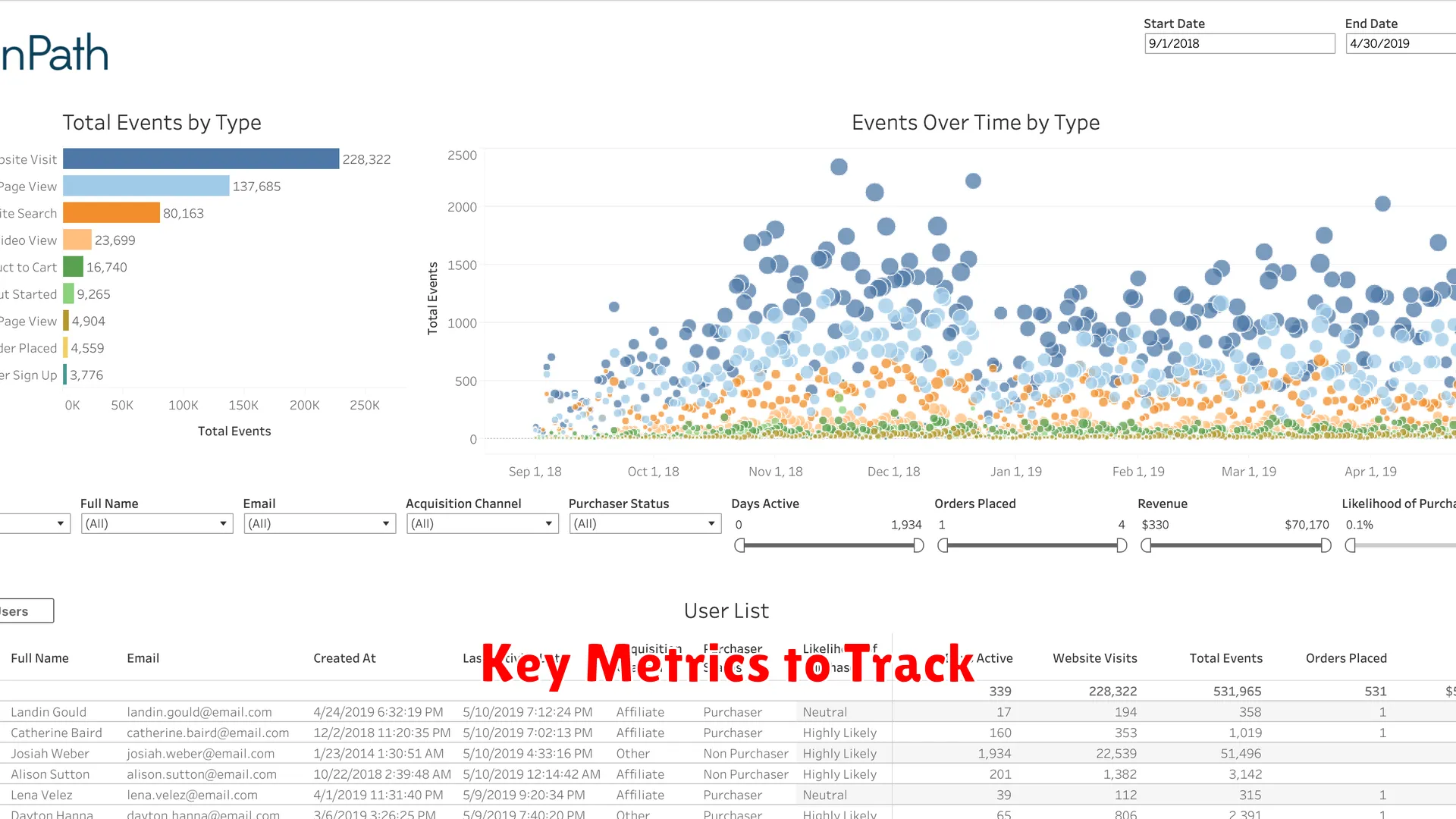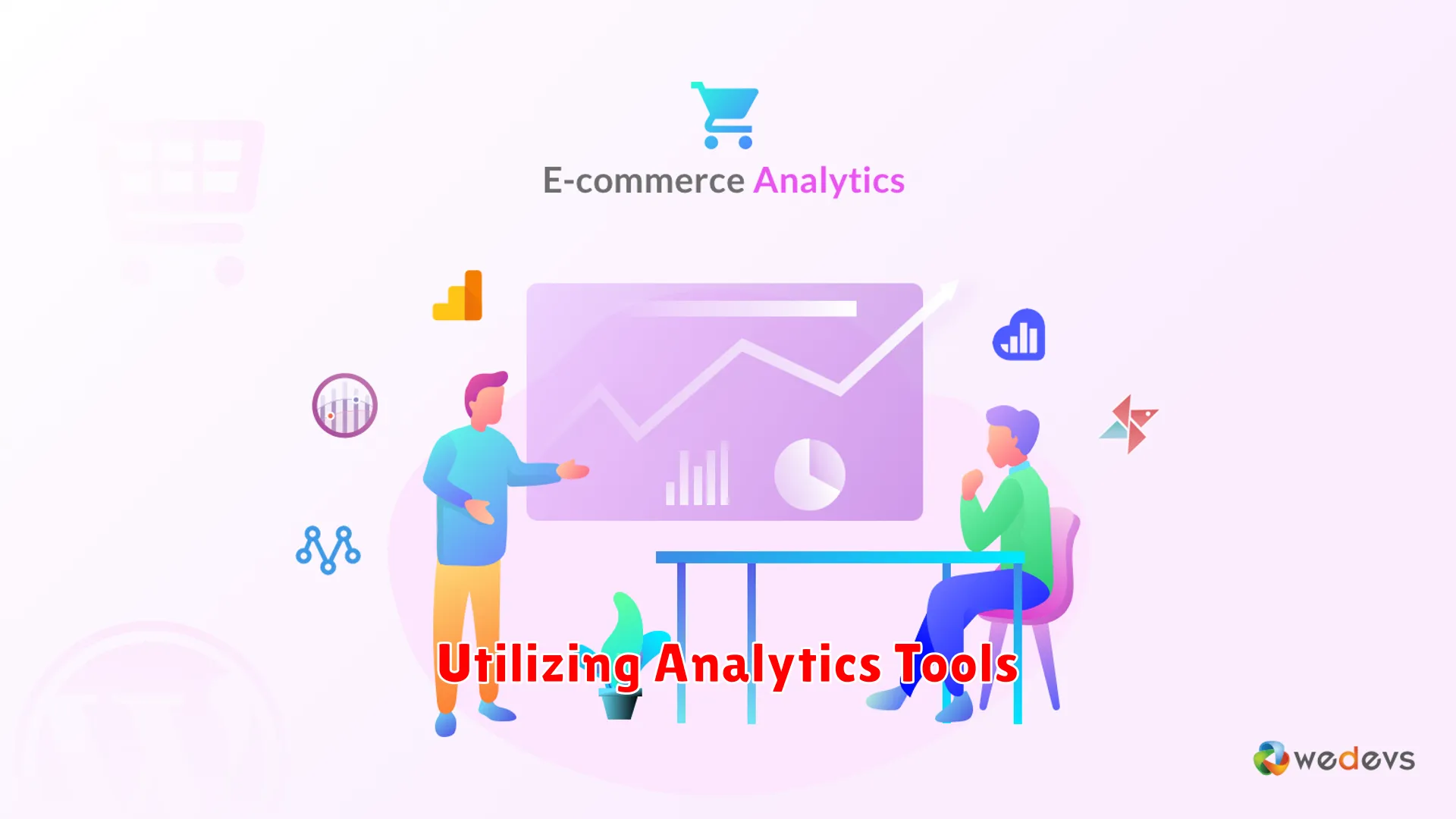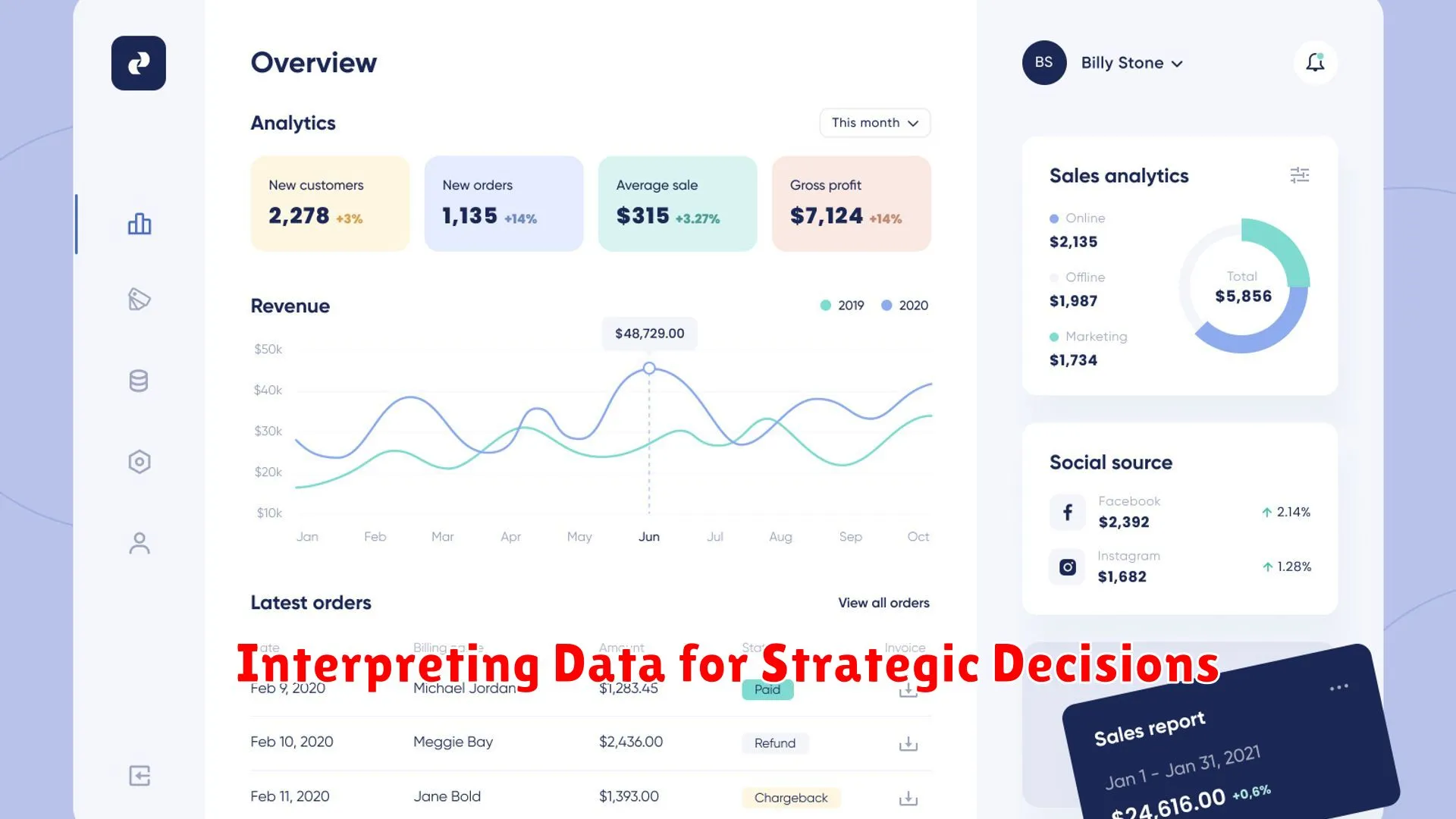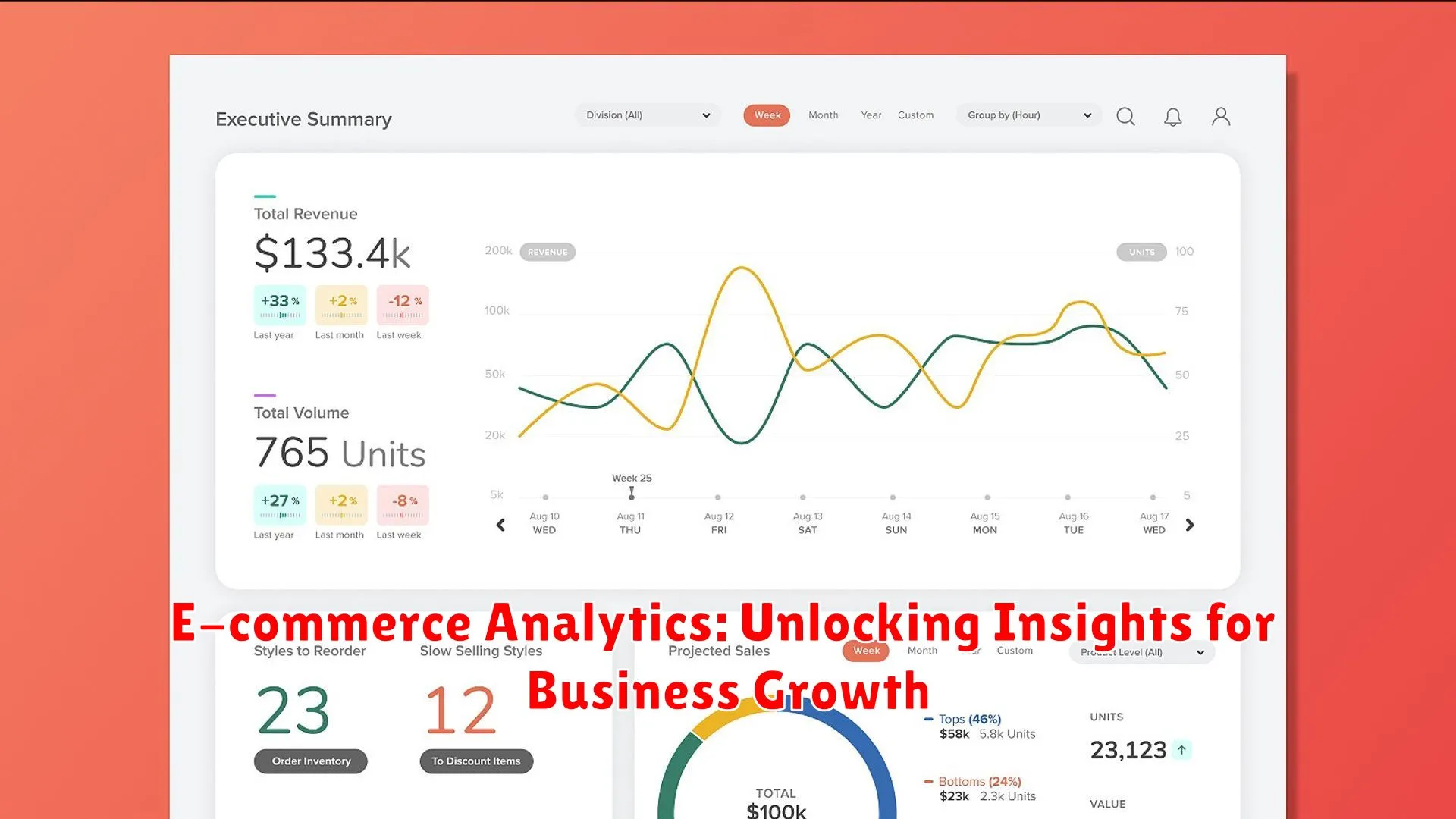Discover the power of E-commerce Analytics in driving business growth. Uncover valuable insights and trends to optimize performance and enhance customer experience in the digital marketplace.
The Importance of E-commerce Analytics

E-commerce analytics play a crucial role in driving success for online businesses by providing valuable insights into consumer behavior, website performance, and overall business operations. In the fast-paced world of e-commerce, understanding and utilizing analytics data is essential for making informed decisions that can lead to business growth and increased profitability.
By leveraging e-commerce analytics, businesses can:
- Understand customer behavior: E-commerce analytics tools can track customer interactions with the website, such as page views, clicks, and purchases. This data helps businesses understand customer preferences, shopping patterns, and areas for improvement.
- Optimize marketing strategies: Analytics data can inform effective marketing strategies by identifying which channels drive the most traffic and conversions. Businesses can allocate their marketing budget more efficiently based on data-driven insights.
- Improve website performance: Analytics can provide valuable information on website performance metrics like load times, bounce rates, and conversion rates. By analyzing this data, businesses can optimize their website for better user experience and increased sales.
- Enhance inventory management: Analytics can help businesses track inventory levels, monitor product demand, and identify trends. This information enables businesses to make data-driven decisions when it comes to stock management and pricing strategies.
- Measure business growth: E-commerce analytics can track key performance indicators (KPIs) such as sales revenue, customer acquisition cost, and customer lifetime value. These metrics provide insights into the overall health and growth trajectory of the business.
Overall, e-commerce analytics empower businesses to make strategic decisions based on data, ultimately leading to improved efficiency, customer satisfaction, and business growth. By implementing and analyzing e-commerce analytics effectively, businesses can stay competitive in the digital marketplace and drive long-term success.
Key Metrics to Track

When it comes to leveraging e-commerce analytics for business growth, tracking key metrics plays a crucial role in guiding strategic decisions and optimizing performance. Here are some essential metrics that businesses should focus on:
1. Conversion Rate
The conversion rate is a fundamental metric that measures the percentage of website visitors who complete a desired action, such as making a purchase. A high conversion rate indicates effective engagement and relevance of the website to visitors.
2. Average Order Value (AOV)
AOV represents the average amount spent by customers in a single transaction. Monitoring AOV helps businesses understand customer buying behavior and can guide strategies to increase revenue-per-customer.
3. Customer Acquisition Cost (CAC)
CAC calculates the cost of acquiring a new customer. Lowering CAC while maintaining customer quality is essential for sustainable growth and profitability.
4. Customer Lifetime Value (CLV)
CLV predicts the total revenue a business can expect from a single customer over their lifetime. By analyzing CLV, businesses can tailor marketing strategies and enhance customer loyalty.
5. Cart Abandonment Rate
Cart abandonment rate measures the percentage of online shoppers who add items to their cart but do not complete the purchase. Understanding reasons for abandonment can help optimize the checkout process and reduce lost sales.
6. Return on Investment (ROI)
ROI evaluates the profitability of marketing campaigns and investments. Tracking ROI ensures that resources are allocated effectively and that strategies yield desired results.
Utilizing Analytics Tools

Analytics tools play a crucial role in the success of e-commerce businesses, providing valuable insights that can drive growth and enhance performance. By harnessing the power of analytics tools effectively, e-commerce companies can make informed decisions, optimize strategies, and stay ahead of the competition.
One of the key benefits of utilizing analytics tools in e-commerce is the ability to track and analyze customer behavior. Through tools like Google Analytics, businesses can gain valuable data on customer demographics, preferences, and purchasing patterns. This information can be used to tailor marketing campaigns, personalize the shopping experience, and ultimately increase sales.
Conversion rate optimization is another area where analytics tools shine in e-commerce. By monitoring and analyzing conversion rates, businesses can identify bottlenecks in the sales funnel and make data-driven changes to improve the overall conversion rate. This could involve adjusting website design, streamlining the checkout process, or enhancing product offerings based on customer feedback.
Moreover, analytics tools enable e-commerce businesses to measure the effectiveness of their marketing efforts. By tracking key performance indicators (KPIs) such as click-through rates, bounce rates, and return on investment (ROI), companies can evaluate the success of their marketing campaigns and make adjustments as needed to maximize results.
In conclusion, leveraging analytics tools is essential for unlocking valuable insights that can drive business growth in the competitive e-commerce landscape. By harnessing the power of data and analytics, businesses can make informed decisions, optimize performance, and enhance the overall customer experience.
Interpreting Data for Strategic Decisions

When it comes to E-commerce Analytics, interpreting data is key to unlocking valuable insights that can drive business growth. By analyzing the data collected from various sources, businesses can make informed decisions and develop effective strategies to optimize their online sales performance.
One crucial aspect of interpreting data is identifying patterns and trends. Utilizing tools like Google Analytics or customer relationship management (CRM) systems can help businesses track consumer behavior, website traffic, and sales data. By recognizing patterns such as peak buying times, popular products, or customer preferences, businesses can tailor their marketing strategies to target specific demographics and improve overall sales.
Moreover, data interpretation can also reveal areas for improvement. By analyzing metrics like bounce rate, conversion rate, and average order value, businesses can identify weaknesses in their e-commerce platform. This insight can guide them in making necessary adjustments to enhance the user experience, optimize product offerings, and ultimately increase sales and customer satisfaction.
In addition, data interpretation plays a crucial role in forecasting and setting future goals. By analyzing past performance data and market trends, businesses can make accurate predictions about future sales, demand for certain products, and opportunities for expansion. This information is invaluable in developing long-term strategies that can drive sustainable business growth.
In conclusion, interpreting data for strategic decisions in E-commerce Analytics is a powerful tool that can provide businesses with valuable insights to optimize their online performance and drive growth. By harnessing the power of data analysis, businesses can make informed decisions that will ultimately lead to increased sales, improved customer engagement, and long-term success.
Continuous Improvement through Analytics

In the realm of E-commerce, analytics plays a pivotal role in unlocking valuable insights that can drive business growth. By leveraging data-driven strategies and technologies, businesses can continuously improve their operations and enhance customer experiences to stay competitive in the digital landscape.
Utilizing analytics tools such as Google Analytics or Adobe Analytics, E-commerce businesses can track and analyze various performance metrics, including website traffic, conversion rates, and customer behavior. With this information, companies can gain a deeper understanding of their audience and tailor their marketing efforts to meet their needs effectively.
Continuous monitoring and optimization based on analytics insights allow businesses to identify areas for improvement in their E-commerce processes. By continuously analyzing data, companies can optimize their website design, product offerings, and marketing strategies to provide a seamless and personalized shopping experience for customers.
Implementing A/B testing based on analytics data enables businesses to experiment with different approaches and determine which strategies yield the best results. Through iterative testing and optimization, E-commerce companies can refine their tactics and drive continuous improvement in conversion rates and overall performance.
Overall, embracing analytics as a core aspect of E-commerce operations empowers businesses to make informed decisions, adapt to changing market trends, and drive sustainable growth in the digital landscape.
Conclusion
Effective e-commerce analytics are crucial for driving business growth by providing actionable insights for decision-making and optimizing strategies.

